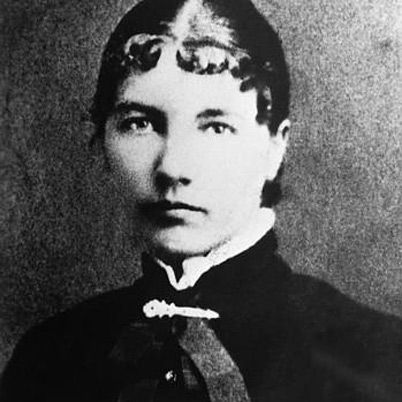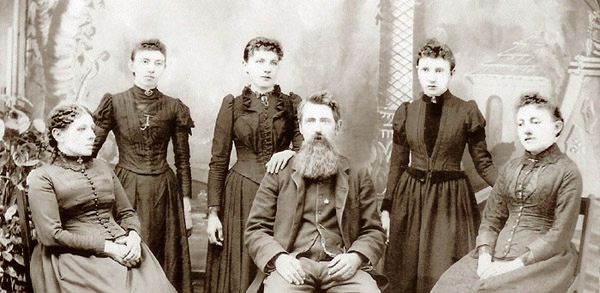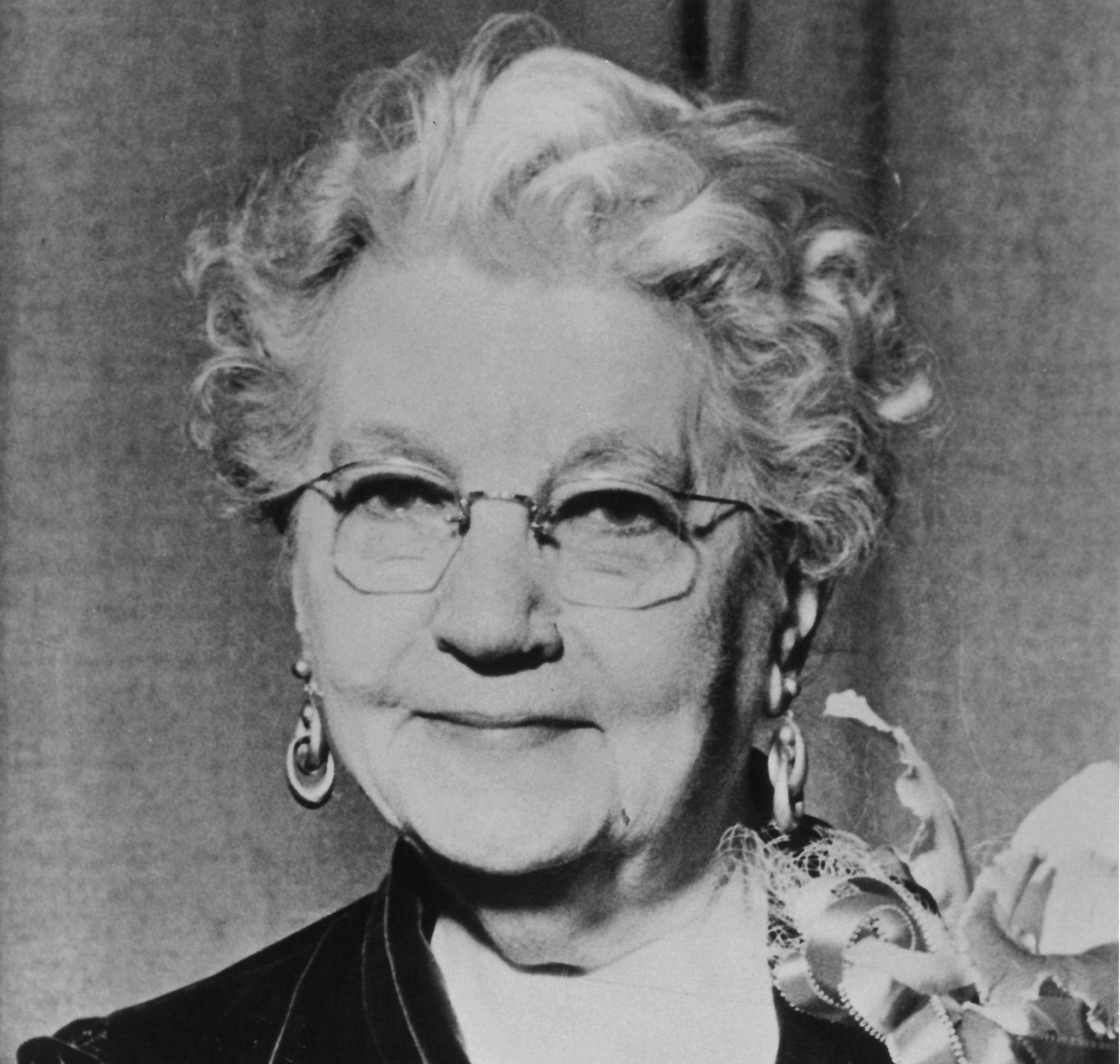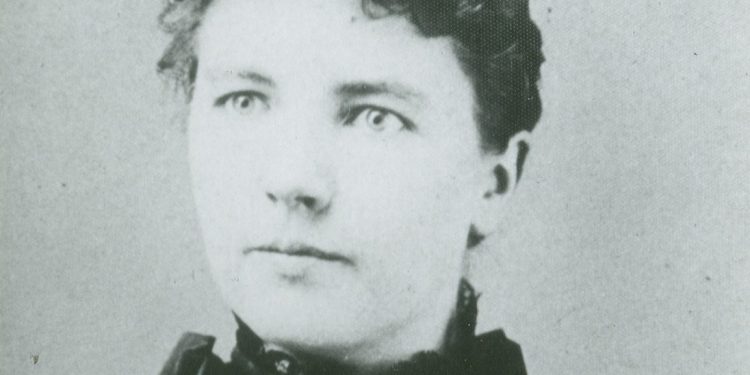Laura Ingalls was an American author, educator, and journalist. She is most recognized as the writer of the children’s book series Little House on the Prairie, which was published from 1932 to 1943 and drew inspiration from her upbringing in a settler and pioneer family.

Early Life & Family
Laura Elizabeth Ingalls was born to Charles Phillip and Caroline Lake (née Quiner) Ingalls on February 7, 1867.
At the time of her birth, the family resided seven miles north of the village of Pepin, Wisconsin, in the Big Woods area of Wisconsin. Ingalls’ homestead was the backdrop for her debut book, Little House in the Big Woods (1932).
She was the second of five children, with her older sister, Mary Amelia, preceding her. Three more siblings followed her: Caroline Celestia (Carrie), Charles Frederick, who died shortly after birth, and Grace Pearl.

Laura Ingalls’ Career
In 1911, Laura Ingalls Wilder received an invitation to submit an article to the Missouri Ruralist, which led to her enduring role as a columnist and editor for the publication, a position she held until the mid-1920s.
She also secured a paid position with the local Farm Loan Association, where she facilitated small loans for local farmers.
Laura Ingalls’ column in the Ruralist, titled “As a Farm Woman Thinks,” connected her with a devoted readership among rural Ozarkians, who appreciated her consistent contributions.
Her subjects varied from home and family matters, including her 1915 journey to San Francisco, California, to visit her now-married daughter, Rose Wilder Lane, and attend the Pan-Pacific exhibition, to World War I and other global occurrences, as well as the intriguing travels of Lane and her own reflections on the expanding opportunities available to women during this period.
Although the couple did not attain wealth until the “Little House” books gained popularity, their farming enterprise, along with Wilder’s earnings from writing and the Farm Loan Association, ensured they had a stable livelihood.
At this point, her daughter Lane commenced a vigorous campaign to motivate Laura Ingalls to enhance her writing abilities, aiming for a level of success as a writer that surpassed Lane’s own accomplishments.
They both agreed that the key to boosting their retirement income lay in Wilder becoming a successful author in her own right. To initiate this process, Lane assisted Wilder in publishing two articles that detailed the interior of the farmhouse in Country Gentleman magazine.
In 1930, Laura Ingalls Wilder asked for Lane’s thoughts on an autobiographical manuscript she had created about her trailblazing childhood.
The Great Depression, in conjunction with the loss of Wilder’s mother in 1924 and her older sister in 1928, seems to have inspired her to capture her memories in a life story named Pioneer Girl. She also wished for her writing to yield some extra revenue.

The original title of the first book was When Grandma Was a Little Girl. Based on the suggestion of Lane’s publisher, she extensively developed the story.
Thanks to Lane’s publishing relationships as a successful writer and her own editing, Harper & Brothers published Laura Ingalls Wilder’s book in 1932, renaming it Little House in the Big Woods. After its success, she continued her writing career.
The close and often challenging collaboration between her and Lane persisted, in person until 1935, when Lane left Rocky Ridge Farm for good, and later through letters.
From 1929 to 1930, during her early sixties, Wilder commenced the writing of her autobiography, which she named Pioneer Girl.
However, it faced rejection from publishers. Following Lane’s encouragement, she revised the majority of her children’s stories. This effort culminated in the creation of the Little House series of books.
In 2014, the South Dakota State Historical Society released an annotated edition of Wilder’s autobiography, entitled Pioneer Girl: The Annotated Autobiography.
Illness & Death
In the autumn of 1956, 89-year-old Laura Ingalls Wilder experienced a serious illness due to undiagnosed diabetes and heart problems. She was admitted to the hospital by Lane, who had come for Thanksgiving. She managed to return home the day following Christmas.
However, her health started to deteriorate after her discharge from the hospital, and she passed away peacefully in her sleep at home on February 10, 1957, just three days after celebrating her 90th birthday. She was interred alongside Almanzo at Mansfield Cemetery in Mansfield. Lane was laid to rest next to them after her passing in 1968.









